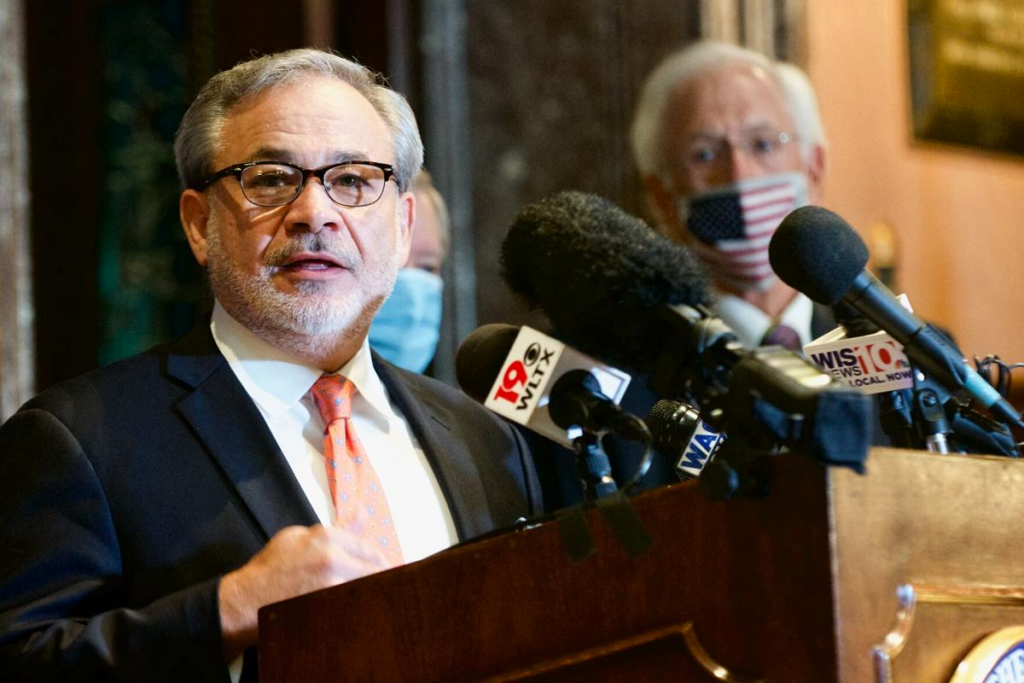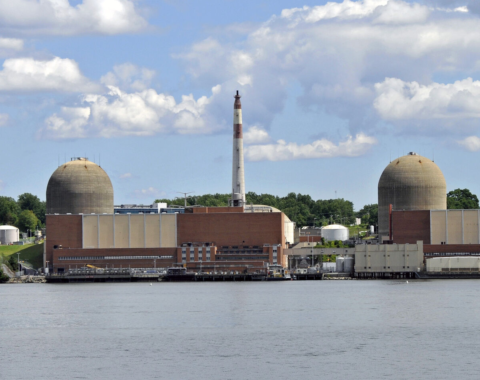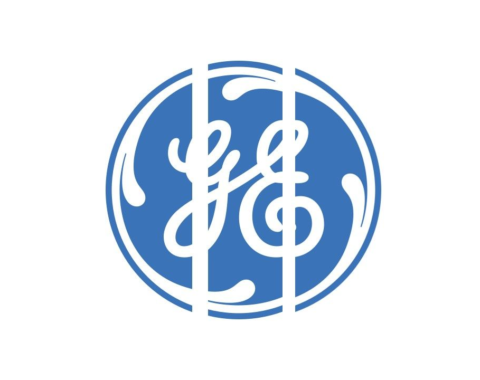
U.S. Secretary of Energy, Dan Brouillette, (pictured above) recently announced an agreement had been reached between South Carolina and the federal government, namely the U.S. Department of Energy (DOE), concluding a years-long standoff that finally resolves the litigation presented by S.C. Attorney General, Alan Wilson over the long-term storage of plutonium at the Savannah River Site.

S.C. Attorney General has continuously pursued (via lawsuit) compensation from the DOE for the plutonium that had not been removed, as was required in agreement with 50 USC Section 2566. This agreement required the DOE to remove 1 metric ton of plutonium from South Carolina by January 1, 2016, should the Mixed Oxide Fuel Fabrication (MOX) Facility’s production objective not be met by that date (January 1, 2016), or pay a fine of $1 million per day, up to $100 million per year through 2021. The MOX Facility was never completed and DOE’s nuclear weapons agency, NNSA (National Nuclear Security Admin.), terminated the project in late 2018, after billions of dollars had been invested and over a decade of work. The plan to build the MOX facility was based on an agreement with Russia to process nuclear weapons grade plutonium (34 metric tons of weapons-grade plutonium) into fuel for use at our nuclear power plants.
Terms of the deal include DOE’s promise to remove 9.5 metric tons of plutonium from South Carolina by 2037, and an upfront $600 million payment from the Trump administration – the single largest legal settlement in the Palmetto State’s history.
Attorney General, Alan Wilson, emphasized that he and his team never wavered from their “long-term commitment to preventing South Carolina from becoming a dumping ground for nuclear waste” – a remark similar to the one employed by opponents of Yucca Mountain in Nevada.
Brouillette suggested that all the plans are not finalized, so how the plutonium will be removed and where it will go is not yet been established. However, he continued, that the material could be processed and sent to southeastern New Mexico for burial at the Waste Isolation Pilot Plant, an approach known as dilute-and-dispose, or it could be staged elsewhere at another Energy Department facility, or it could be utilized in a nuclear reactor.
Exactly what will be done with most of the $600 million is up to the General Assembly and Gov. Henry McMaster, but $75 million is supposedly earmarked for attorney fees, however, Governor McMaster has taken umbrage with the cost. Lawmakers associated with the 310-square-mile Savannah River Site have said a substantial amount of the settlement must come to their area and be applied locally – economic development initiatives, rural broadband buildout, and academics.



